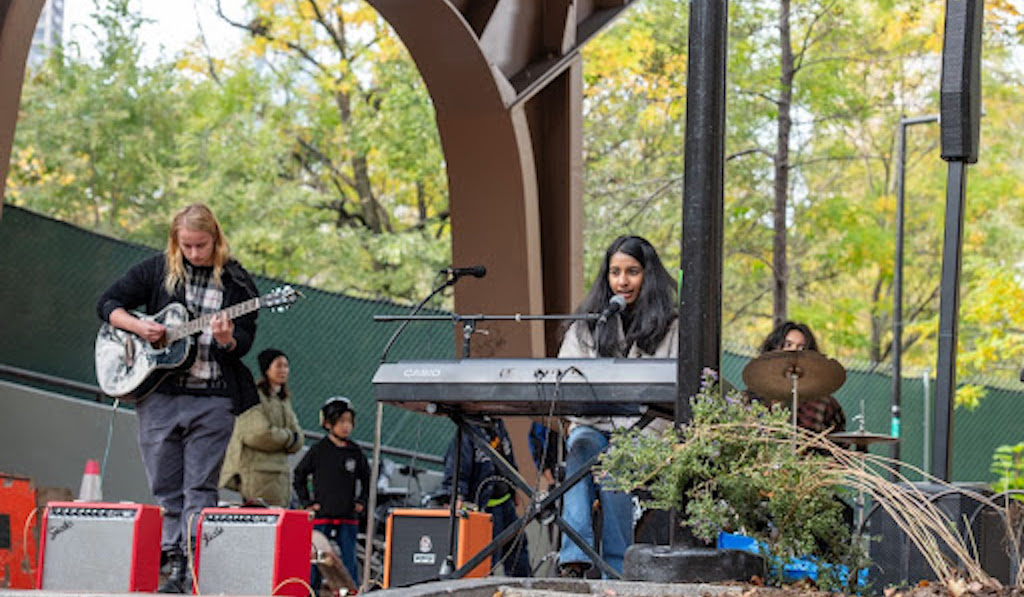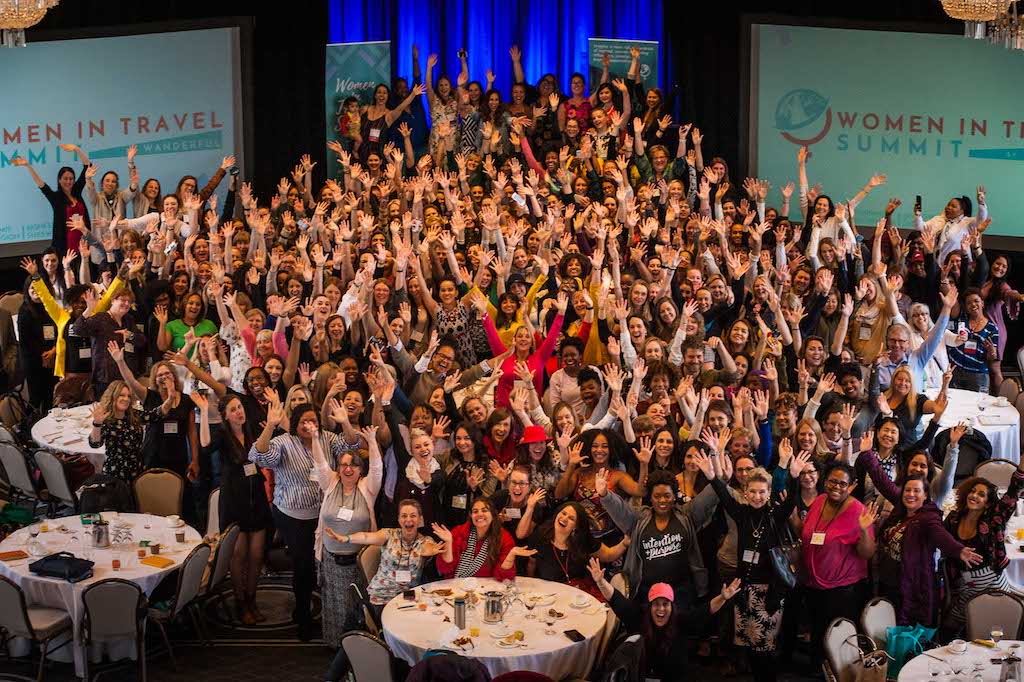Six Questions with BRC Assistant Director Chantelle Richards

For over a decade, the Downtown Alliance has partnered with the Bowery Residents’ Committee (BRC) and other local groups to coordinate homeless outreach in the district and provide services to people in need. To date in 2023, thanks to our efforts with BRC and Trinity Church Wall Street, 115 homeless individuals have been able to find placement in transitional housing. This milestone represents a significant increase in engagement for the homeless outreach services provided by the Alliance; over the last 5 years, placements have averaged 72 over an entire calendar year.
To learn more about BRC and their work with the Alliance, we spoke with Chantelle Richards, the committee’s assistant director. Below, you’ll find an edited transcript of our conversation.
Can you describe how the BRC team works with the Downtown Alliance in Lower Manhattan to provide homeless outreach services for the neighborhood?
We collaborate a lot with the Downtown Alliance’s public safety officers. They’ll let us know of any homeless conditions that they’re seeing in their zones, or if there’s a homeless individual we should be concerned about. We often get helpline calls about where homeless individuals might be present, and we’ll also communicate that information to the public safety officers. If we need EMS or police assistance, it’s easy for us to communicate that to public safety and for us to coordinate aid. The Downtown Alliance also has a help desk and a partnership with the First Precinct, who we’ll do joint outreaches with as well.
We reached a big milestone in 2023, when we hit 100 homeless placements for the year to date through our partnership with the BRC. This signifies a huge uptick in engagement over recent years. Do you have any thoughts about why we could be seeing more success with this program now as opposed to years past?
Recently, there’ve been some changes to the criteria for transitional housing placement, so it’s much easier now for us to get someone placed into a transitional housing program which is a little bit more successful than general shelter placement. Some of the placements could be a single room placement, or it could be two people in a room, and that makes it more of a selling point to someone as opposed to being in a large shelter.
Can you describe the process that results in placement for somebody who is experiencing homelessness?
The process is always about relationship building. We have to be able to gain the person’s trust in order to find an appropriate placement, so we’re always meeting the person where they’re at. Sometimes we might be approaching someone for the first time and they don’t have any clue who we are or what we do, so we may not get someone to say yes during the first engagement. We need to be persistent and engage with the individual to gain their trust, and treat them like a human being. We ask important questions to show that we care about them, and we care about getting them into a housing placement.
We always try to understand their barriers, because if someone’s struggling with a mental illness, or struggling with a substance use disorder, putting them in a placement where there might be substance use may not be helpful to that person. We always want to figure out what their barriers could be: Is it mental health? Is it a substance abuse issue? Does the person not want to be in a shared setting? Maybe they prefer a single room.
It could be a long-term process. It would be great if we could place someone overnight, but it is a continuous process, and we just don’t give up. We’re very persistent and respectful. We might have seen Jane two days ago and she was engaging with us, but then Jane one day may say, “Hey, leave me alone, I don’t want to be bothered today.” We respect their wishes, and then we try again the next day, because maybe they were having a bad day.
Can you describe what a typical day is like for your outreach team and how they work on the streets in the neighborhood?
We have a van that we use to drive around the Downtown Alliance zone, and we canvass and walk the zone as well. If we see a homeless individual, we approach them and have a conversation with them to see if they’re receptive to a placement. If they’re open to a placement, then we’ll leave the zone to carry out that placement, and we stay with the person throughout the placement process, because we were the ones to initiate that engagement, and we want to walk the person through the placement doors and advocate for them. We also get helpline calls from the Alliance’s public safety team, which we check out, and we do follow-ups with individuals that we might be working with towards placement.
Along with homeless outreach services, what are some of the other programs that BRC provides in the neighborhood?
We have the BRC Senior Center, which borders the Battery and Chinatown. It’s a senior center that connects elderly individuals in that community with services to help them remain healthy, independent and connect them to other communities. The center helps with nutritional meals, educational assistance, information health and mental health services, and community relationship building.
We also have the BRC Bowery Safe Haven, which is a transitional housing program for individuals who are chronically street-homeless. If a person is dealing with a substance use problem, they don’t have to stop using in order to go into the facility. The facility first gets them housed before focusing on their other needs and if the person is interested in sobriety.
Is there anything you think most people would be surprised to learn about the unhoused population in New York City?
The unhoused population is a very vulnerable population. They’re susceptible to assault, they’re exposed to harsh weather, during the colder months and the hot months, they are on the streets and exposed to chronic conditions.
A lot of the homeless population have gone through experiences that have led them to be distrustful of certain systems. So again, for that first engagement, we may not be able to get them to accept the placement. We have to gain their trust. The last thing I’ll say is that they’re just like you and me. Everyone has a story, and experiences highs and lows in their lives. We’ve met individuals who’ve shared that they’ve been lawyers, doctors, nurses, social workers. It’s just that they experienced something that led to them becoming homeless.
(photo: BRC)
Tags: bowery residents committee

